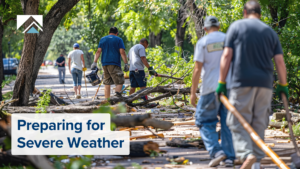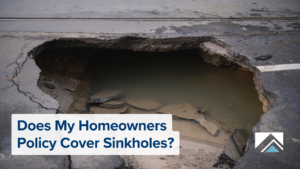What’s covered by homeowners insurance?
A standard homeowners insurance policy insures the home itself and the things you keep in it.
It is typically a package policy, which means it covers both damage to your property and your liability or legal responsibility for any injuries and property damage you or members of your family cause to other people.
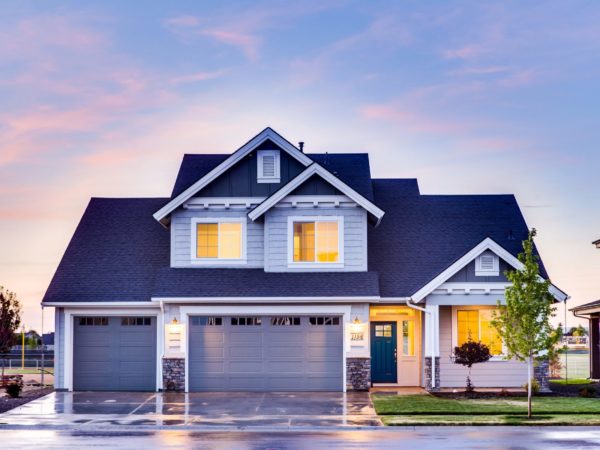
What’s covered by homeowners insurance?
- Property Protection
- Liability protection
- Roof replacement
- Secondary homes and rental properties

How much home insurance do I need?
It’s prudent to get enough insurance to do the following:
- Completely rebuild your house in the event it is destroyed by fire or other insured disaster.
- Replace everything in the house.
- Protect your liability in case someone is injured on your property and sues you
Property protection
Let’s take a look at each aspect of coverage in more detail:
Dwelling
This offers protection as a result of damage to the structure of your home, including fixtures, plumbing and heating, due to a covered loss like fire or hail storm damage. You need enough coverage for the cost of rebuilding or repairing your home, less the cost of the land.
Other structures
This includes coverage for detached structures, such as a garage, garden shed and fixtures attached to land such as a driveway, sidewalks, patio, fence and swimming pool.
Personal property
This covers the contents and personal items in your home such as furniture, clothing and sporting goods. It also extends to your personal belongings anywhere in the world.
To determine your property’s value, we’ll provide you with a home inventory checklist to help you quickly and easily itemize your belongings. We recommend insuring your personal property for its replacement cost value. Replacement cost value ensures that you can replace yesterday’s purchases at today’s prices.
Loss of use
In the event that a covered loss forces you from your home, such as because of a fire, loss of use provides a safety net for additional expenses over and above your normal living expenses while you are unable to live in your home, up to the policy limit.
Unique risks to consider
Consider additional coverages based on your unique risks such as:
- Special floaters for jewelry, collectibles and expensive items
- Extended or guaranteed replacement cost for the structure
- Sewer and drain back-ups
- An inflation-guard cause, which automatically adjusts annually to the construction costs in your area
- Umbrella liability coverage for a pool or other high-risk items


Liability protection
This portion of your policy covers against lawsuits for bodily injury or property damage that you or family members may cause to other people. It pays for both the cost of litigation and any court awards, up to the limit of your policy. It covers you whether you are at home or away.
In the event that a visitor is injured in your home, medical payments coverage allows the person to submit medical bills directly to your insurance company. The benefit is that expenses are paid to the injured person up to the policy limit without a liability claim being filed against you.
Roof replacement
Most homeowners insurance covers roof replacement if damaged from nature or an accident. Wind, hail and other regional weather may require a higher deductible based on your home’s location. Review your policy for more details.
Has your roof withstood the test of time? If your roof is worn down over years and years, damage from deterioration may not be covered. Typically, roofs over 20 years old have exclusions and coverage is limited. Check your policy for specific language like actual cash value or current replacement cost.
Not sure if you have the right homeowner’s coverage for your roof? Contact a Personal Insurance Advisor to find a policy fit for your needs.
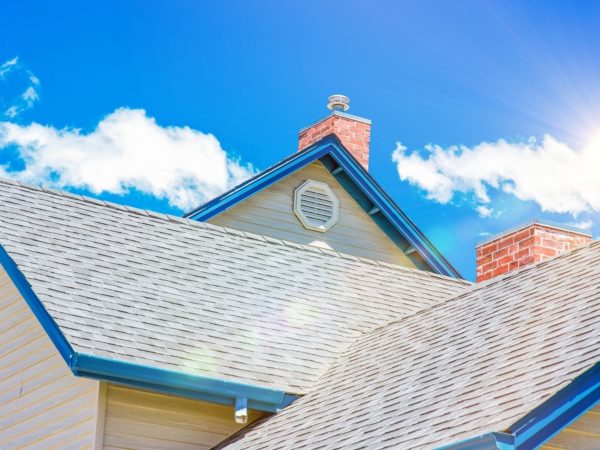
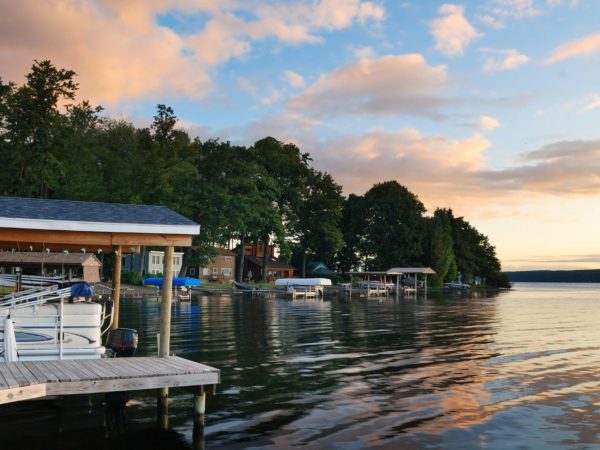
Seasonal and vacation homes
Second homes generally cost more to insure. This is because premiums are based on a variety of factors such as the amount of time that it will be unoccupied, its location and the liability from renting the property. If you’re considering the purchase of a second home, contact us to learn more about the cost of insuring the property.
Since most homeowner policies require occupancy as a condition of insurance, the fact that you visit infrequently may preclude you from obtaining full homeowners coverage.
Dwelling fire insurance is an alternate coverage option utilized in insuring residential rental or non-owner occupancy property, including vacant property.
Rental properties
If you own rental or investment properties, you need to protect them from a host of potential perils, including fire, lightning, vandalism and theft. If your primary residence is located on the rental or investment property, a homeowners policy would cover you from many of the potential risks.
But what if you live somewhere else? A dwelling fire policy may be the type of coverage you need to insure your rental or investment property from damages.
A dwelling fire policy is created for a landlord that does not make the property his or her primary residence. If you need to insure a rental or investment property but not the personal property inside, a dwelling fire policy is a smart decision.
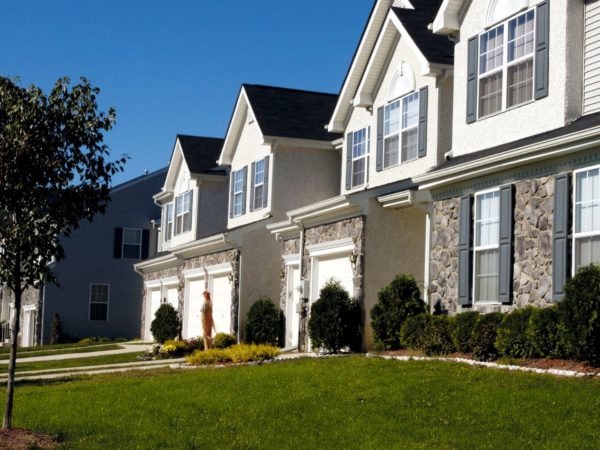
Home and auto bundle
Home and auto insurance protects the policyholder from large expenses resulting from loss, damage and injury associated with his or her home, property and automobile. The two types of insurance—homeowners and automobile—are separate products but are frequently bundled, or purchased together, which usually results in a discounted rate.
Additional considerations
Disasters
Damage caused by many disasters is covered in a standard homeowners insurance policy, but floods, earthquakes and other specific types of occurrences are generally excluded. Since policies can vary widely, the best way to be sure about specific exclusions is to read your own policy.
Vacant Property
If your home is left vacant due to a move or new construction, you are vulnerable to losses from vandalism and other mishaps. Please check with us to learn more about the coverage options available to protect your property.





